G1 Practice Test – Rules 2
Free practice tests with no hassle, no fees, and no hidden gimmicks. Just simple driving test questions, answers, and explanations to help you pass your G1 written knowledge exam.
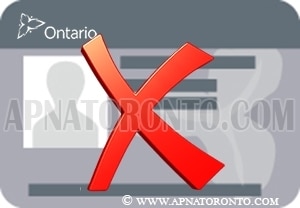
Correct!
Wrong!
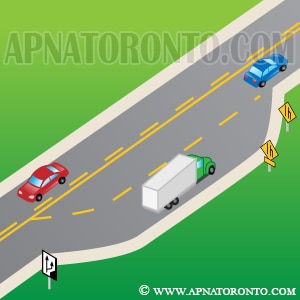
Correct!
Wrong!
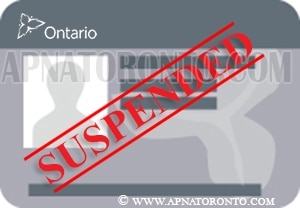
Correct!
Wrong!
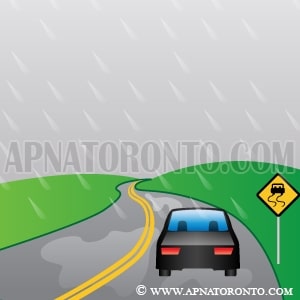
Correct!
Wrong!
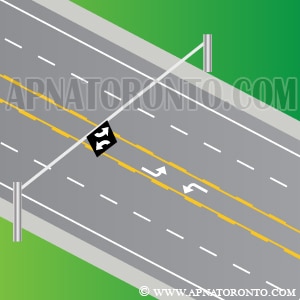
Correct!
Wrong!
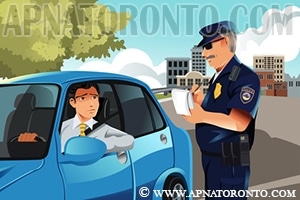
Correct!
Wrong!
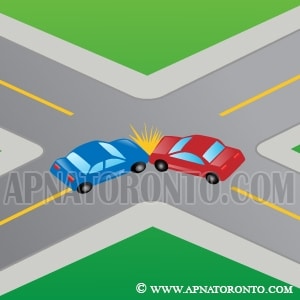
Correct!
Wrong!
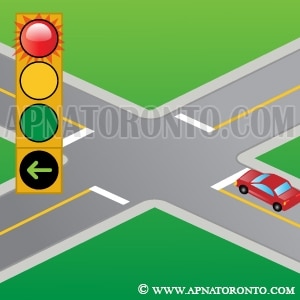
Correct!
Wrong!
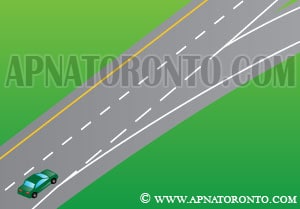
Correct!
Wrong!
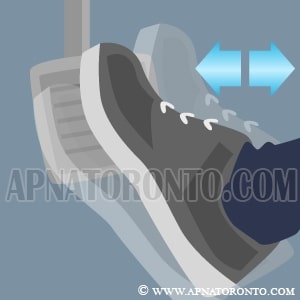
Correct!
Wrong!
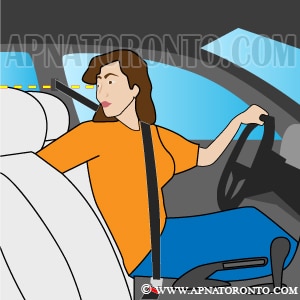
Correct!
Wrong!
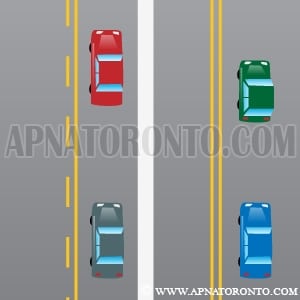
Correct!
Wrong!

Correct!
Wrong!
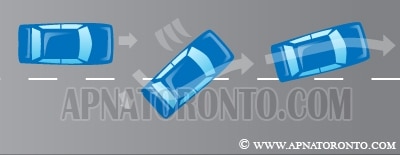
Correct!
Wrong!
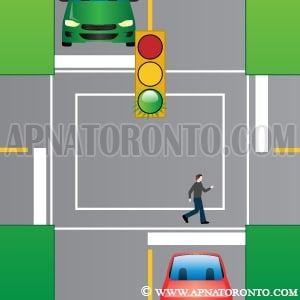
Correct!
Wrong!
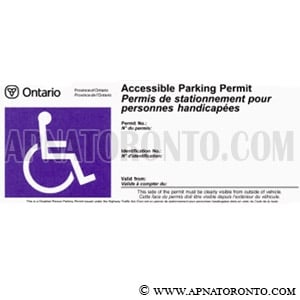
Correct!
Wrong!
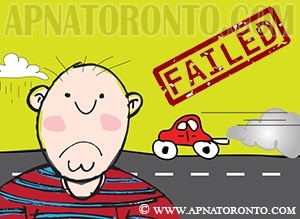
Correct!
Wrong!
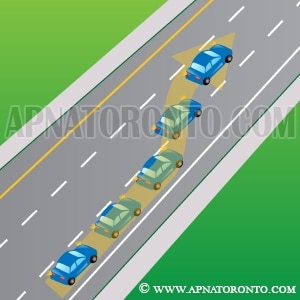
Correct!
Wrong!

Correct!
Wrong!
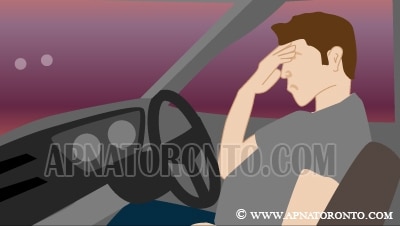
Correct!
Wrong!
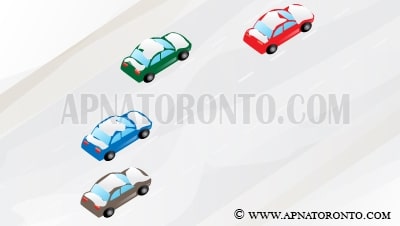
Correct!
Wrong!
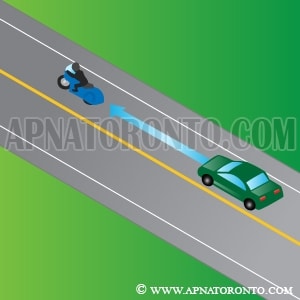
Correct!
Wrong!
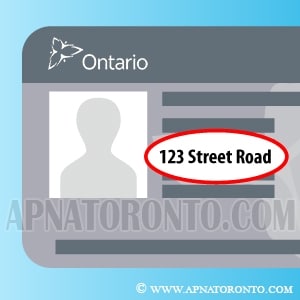
Correct!
Wrong!
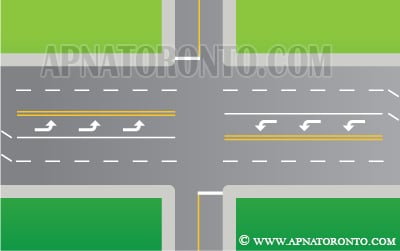
Correct!
Wrong!
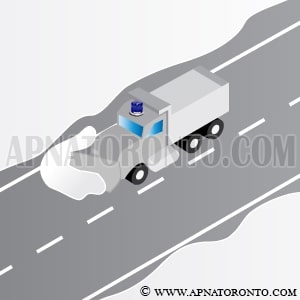
Correct!
Wrong!
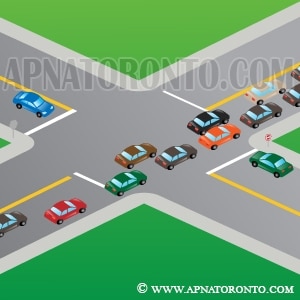
Correct!
Wrong!
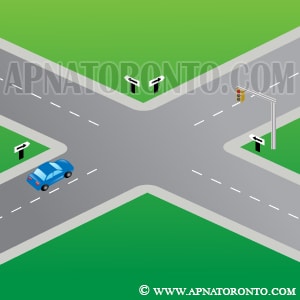
Correct!
Wrong!
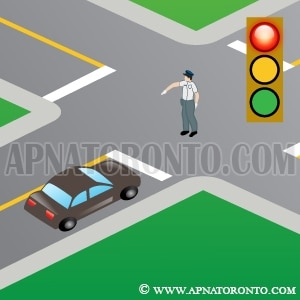
Correct!
Wrong!
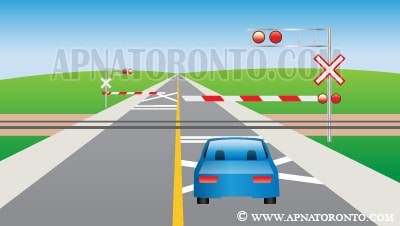
Correct!
Wrong!
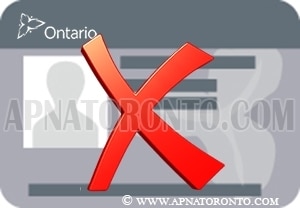
Correct!
Wrong!
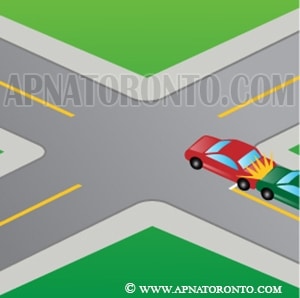
Correct!
Wrong!
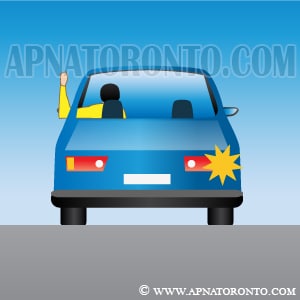
Correct!
Wrong!
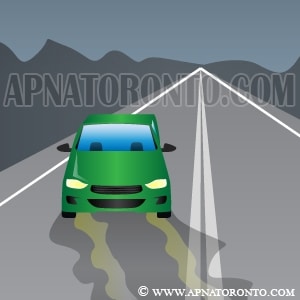
Correct!
Wrong!
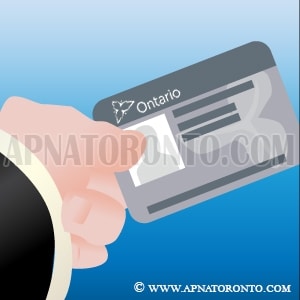
Correct!
Wrong!
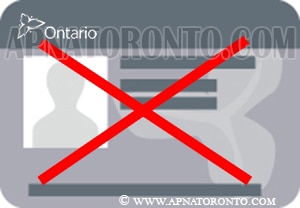
Correct!
Wrong!
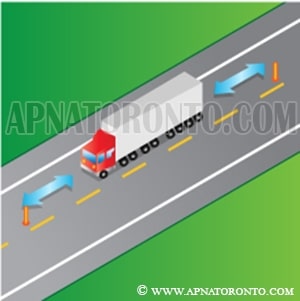
Correct!
Wrong!
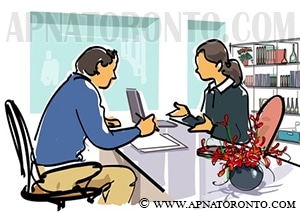
Correct!
Wrong!
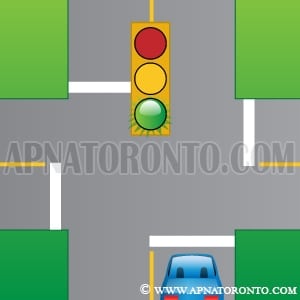
Correct!
Wrong!
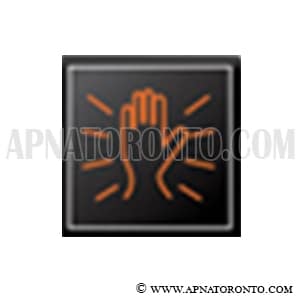
Correct!
Wrong!
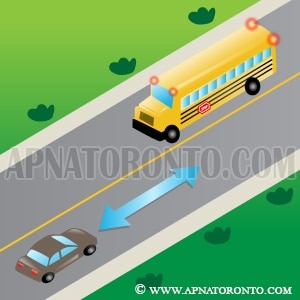
Correct!
Wrong!
Share the quiz to show your results !
Subscribe to see your results
I got %%score%% of %%total%% right
Loading...
Please take advantage of our free G1 practice test, which comes with no hassle, no fees, and no hidden gimmicks. It’s just straightforward driving test questions, complete with answers and explanations to help you ace your G1 written knowledge exam.
The Ontario G1 practice test is an invaluable resource for anyone preparing to obtain their G1 driver’s license in Ontario. This exam typically includes a mix of questions that cover essential road signs, safe driving practices, and traffic laws, enabling aspiring drivers to assess their knowledge and readiness for the written portion of the licensing process. Engaging with these practice tests can significantly enhance your preparation and boost your confidence before tackling the official exam.
